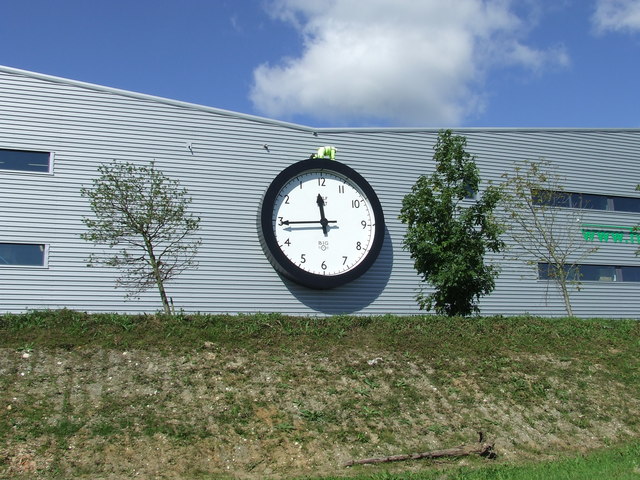
NEWS


NEWS
Published
In this month’s blog post, Dr Keijo Lakkala (Postdoctoral Researcher at the University of Lapland) discusses the ‘retrotopian’ and utopian imaginaries at play in the narratives and practices of Finnish civil society groups engaged in prosocial giving within the context of austerity.

The current right-wing government of Finland took office on 20 June 2023, and the very same day it announced plans to cut public spending by 4 billion euros by 2027. The plan has been carried out pretty much as planned, and in February 2025, the Finance Minister of the True Finns party, Riikka Purra, said that she is ready for new adjustment measures if next spring’s forecast shows that the debt ratio target is slipping away. This brutal process of austerity has taken Finland on the brink of economic depression. It has also made the idea of a social democratic welfare state more and more an object of nostalgic longing rather than an actually existing social arrangement – even for the political left. The fading away of this idea has become a phenomenon best described with the concept of “retrotopia”, and it can be seen in the data the Finnish team has collected as part of work package three of ReDigIm which has involved interviews and participant observation with civil society groups engaged in prosocial giving.
The late sociologist Zygmunt Bauman developed the concept of retrotopia (in his last book by the same name) to describe these kinds of nostalgic orientations towards social transformation. Although in recent decades it has been popular to talk about the “exhaustion of utopian energies” in terms of “end of history” and “capitalist realism”, the notion of retrotopia as developed by Bauman takes a slightly different approach to the changes in our collective social and political imagination. The utopian energies are alive and well but located in what Bauman describes as “lost/stolen/abandoned but undead past, instead of being tied to the not-yet-unborn and so existent future” (Retrotopia, p. 4). Retrotopia is an image of the Golden Age of society. Because the future itself seems dark and not very encouraging, it is easier to direct one’s desires and longings to the past and transform the past in one’s imagination according to these same desires and longings.
The past of retrotopia is always an imagined past and it never completely corresponds with what the past was really like. Different social actors have different imaginaries of the past and there is always room for contestation about the contents of the image of the Golden Age. There is even an element of politics of memory in retrotopian imaginaries: retrotopias aim to control the past in order to do politics in the present.
One of our case studies – an organization dedicated to helping children, young people and families in Finland – offers an interesting example of retrotopia. The on-going austerity measures of the right-wing government has created financial problems for NGOs including this particular organization.
One interviewee from this organization describes how the budget cuts affect not only them but the vulnerable people they support. This situation is not seen, however, as an anomaly by the interviewee: they see it part of a longer trend of austerity that began during the economic depression of the 1990s. The interviewee sees the economic recession of the 1990s as a kind of fall from grace, before which there was a golden age of the welfare state. “If we think about it, 1980s was a good era”, the interviewee says. “Then the recession of the 1990s happened and all of this started to unravel: the continuous cuts and always from families with children”. There is an implicit demand for a return to the golden age of Finnish welfare state: we must undo the mistakes that were made during and after the economic depression of the 1990s. The welfare state needs to be rescued.
Even though more optimistic and hopeful visions of the future are present in our data, it is interesting to see how the dynamics of dystopia and retrotopia are also present. When there are no credible visions of alternative futures, the social and political imagination seems to direct itself towards the past that has never been exactly as imagined. In the data we can find various examples of dystopian tendencies expressed by interviewees: not only loneliness and general alienation but also the ecological crisis and global warming are seen as creating threats to society. However, it is especially the austerity measures of the current government that seem to create demand for retrotopian imaginaries instead of utopian ones. Indeed, in this context, austerity politics can be seen as a nostalgia producing practice that creates a sense of powerlessness and generates images of a golden age that can never be achieved in real life through practical politics.
Austerity seems to create widening welfare gaps in society and leaves us without positive prospects of the future. There are, however, other, more utopian ways of interpreting the situation. For example, one of Finnish team’s interviewees in work package two of ReDigIm says that the failure of the welfare state can create pressure to create other, more solidaristic ways of living in society. One of these practices our interviewee names is democratically governed co-operatives, which they see as an alternative to the current economic system. In this imaginary, worsening austerity measures create a turning point that creates an opening for alternative ways of organizing society. Austerity is seen to create cracks in the social cohesion of society from which new social practices – “real utopias” – can grow out of. Interestingly, in this imaginary it seems to be the dystopian that creates the opening for the utopian.